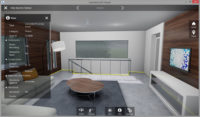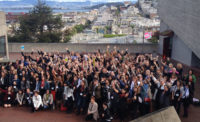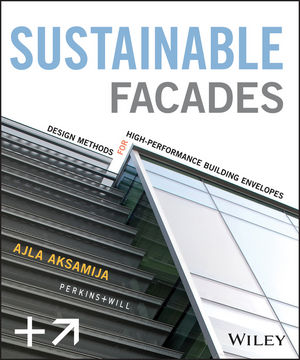AIA Releases Tracking Tool For Sustainable Design
The American Institute of Architects has released an Excel-based tool that generates a report on predicted energy use and project modeling.
The tool, called the 2030 Commitment Annual Progress Reporting Tool, is part of the group's push to get its members to design carbon-neutral buildings and practice architecture in a more sustainable way. Although the tool was designed for architecture firms only, it is being tweaked for use by structural engineers.
AIA released the tool at its 2010 convention in Miami.
To date 105 architects have signed on to the AIA's voluntary 2030 commitment program, said Kelly Pickard, AIA's project manager for strategic initatives. The program involves pledges from architects and other entities involved with the built environment to develop multiyear action plans and implement steps that can push the boal of designing carbon-neutral buildings by 2030.
The tool requires the user to enter project use type and gross square footage. There are several questions that must be answered yes or no. These include questions related to whether the project is interiors only and whether it is energy-modeled. Firms will also enter the predicted energy use intensity (EUI).
"The reporting tool is easy to use and does not focus on a single project, but rather on practice," said Rand K. Ekman, director of sustainability for OWP&P-Cannon Design, Chicago. Useful for any building project type, the tool was developed through a collaboration among members of the AIA Committee on the Environment, the AIA Large Firm Roundtable, AIA Chicago Chapter Working Group and individuals from AIA member firms.
The reports will then be combined to come up with general data and trends to be made available to the public. The first data will be available in about a year, based on 2009 projects.
There is no cost to participate in the reporting."We are trying to drive change," said Pickard.






